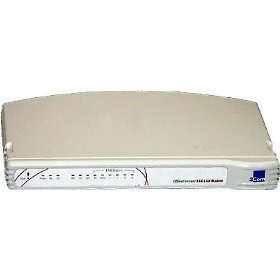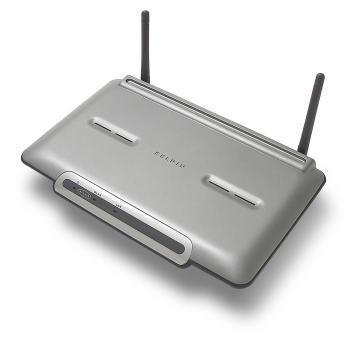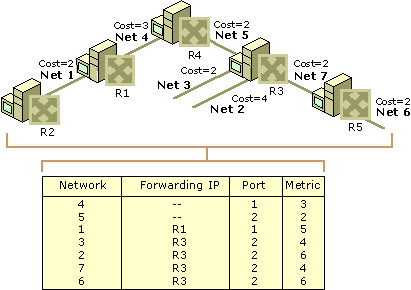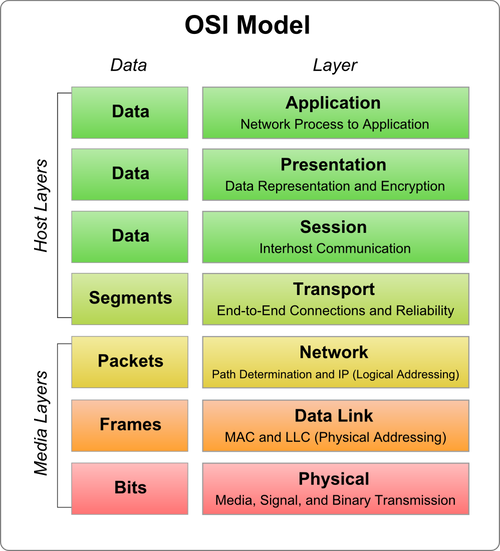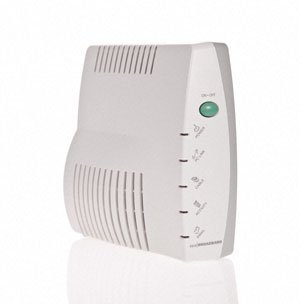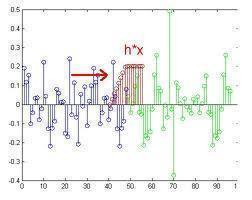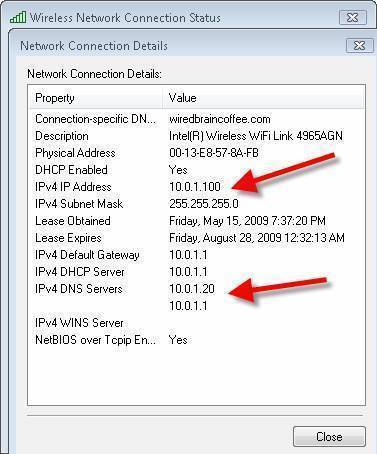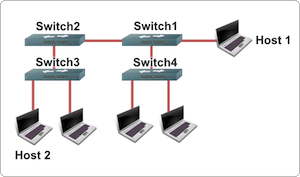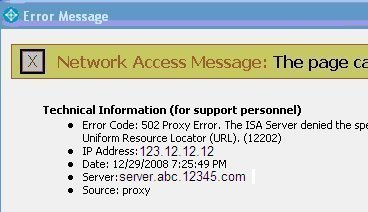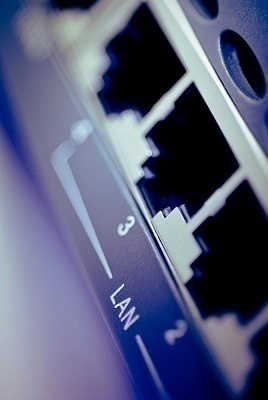ISDN Modem
ISDN – otherwise known as integrated services digital network – is a digital phone connection that can transmit data, voice and video over a normal telephone line. It was meant to be a method of transmitting information much faster than a typical analog phone; however, the phone industry was able to survive the arrival of …

